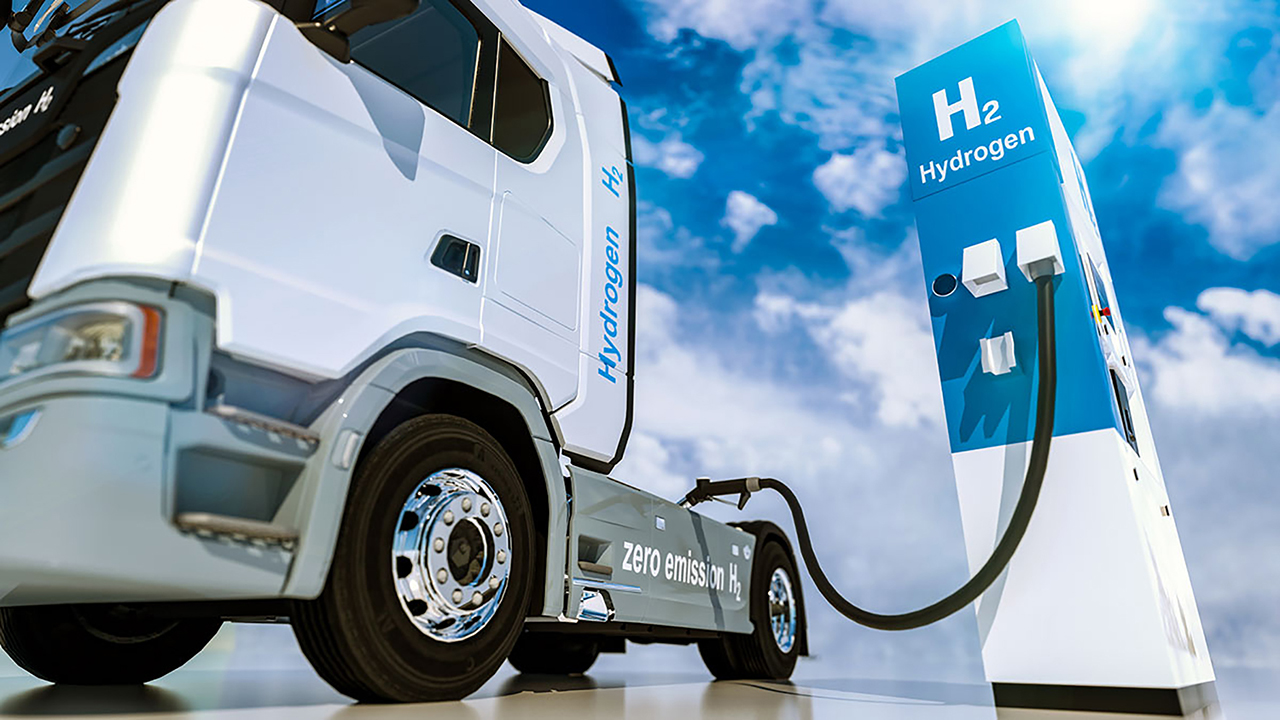Fuel Stories: The Future
Hydrogen is perhaps the most practical and sustainable fuel for long-range, heavy-duty transportation in the coming years. But it is caught in the age-old ‘chicken-egg’ conundrum.
Almost a decade ago when Tata Starbus fuel cell concept was introduced, it seemed to me that hydrogen as a cleaner alternative to diesel would catapult public transportation in our cities in ten years’ time. I believed I had pretty strong reasons. Battery buses weren’t that promising in terms of range, charging traits and infrastructure; no locally built prototypes were available at that time either. Fuel cell technology, on the other hand, promised no change in refueling traits with almost similar range as diesel; infrastructure could be built by adding an extra slot in existing fuel pumps. Union government also promised some patronage for in-house development of fuel cell and hydrogen fuel. I adored the Starbus FCEV as the ‘green bus’, as a likely harbinger of number of those to hit our roads real soon.

But that never happened. We are not nowhere close. All we have achieved so far is the successful use of hydrogen-enriched CNG fuel (H-CNG) in our existing city bus fleets, which may be considered as a first step. But the real consolation is that the rest of the world is no better in this regard. Even in Western markets, fuel cell vehicles (FCEVs) are still rare and expensive, and the fueling infrastructure remains very limited. Although hydrogen fuel-cell technology emerged strongly since 2000s, it fell out of favor in the last ten years with the rapid advancements of BEVs, especially in passenger car and city bus segments. As a result, hydrogen infrastructure for transportation stagnated.
But then, some automakers have rightly realized that there still exists a latent large-scale market for FCEVs. Hydrogen may not be the reigning automotive fuel of the future, as BEVs fit most of the use-case scenarios – especially for private cars. For mass-transit and long-haul applications, heavy batteries and charging impracticalities have rendered BEV technology grossly inadequate, even for city bus applications despite the popularity of e-buses in global markets. That’s where the potential of hydrogen fuel to make commercial vehicles greener becomes relevant. It’s high energy density (one kg of hydrogen equals the energy density of a gallon of diesel), ease of refueling (almost same as diesel), higher payload and zero-emission credentials makes hydrogen particularly suited for heavy vehicles. Since routes can be planned and optimized for commercial operations as FCEVs promise extended driving range, refueling infrastructure as a bottleneck is not that big a problem, unlike BEVs.
In the last decade, Nikola Motor Company rekindled this imagination of a hydrogen future for heavy commercial vehicles with its Nikola One class 8 semi-truck, due to be launched in 2022. But the real pioneers of heavy FCEVs in recent times are Hyundai and Toyota. As fuel cell technology is caught in the same ‘chicken-egg’ problem that BEVs face – no hydrogen vehicles without infrastructure, and no infrastructure without vehicles on road – these companies are willing to bite the bullet and go extra mile. Hyundai, for instance, has recently announced a comprehensive hydrogen infrastructure establishment plan, under which it is making huge investments to strengthen hydrogen supply networks in South Korea, particularly for transit and commercial fleets. The company’s decades of expertise in FCEV development have given its flagship products – ‘Elec’ city bus and ‘XCIENT’ Fuel Cell truck – an edge over its rivals.
Toyota will be following suit. It’s fuel cell system equipped in buses manufactured by Hino and Caetano Bus are already doing trial runs in Japan and Ireland respectively. Together with Hino, the company is also developing a heavy-duty truck that will run on hydrogen. The success of these automakers on FCEV front is pushing other leading truck and bus makers to follow the same path. The case in point is the latest joint venture between Daimler Trucks and Volvo Group on developing fuel cell systems for heavy trucks. Now, I’m curious. Is Tata Motors contented with just a facelift to Starbus FCEV over the last ten years, or is it gearing up to follow the path led by its international counterparts? If it wants to enjoy the first-mover advantage, it has to bite the bullet and go extra mile. Having said that, the onus is also on part of our government to devise a national hydrogen policy and roadmap with implementation strategies and rolling targets (for every five years) to kick-start hydrogen adoption in the country.
I’d love to know what you think, email your views to dhiyanesh@motorindiaonline.in